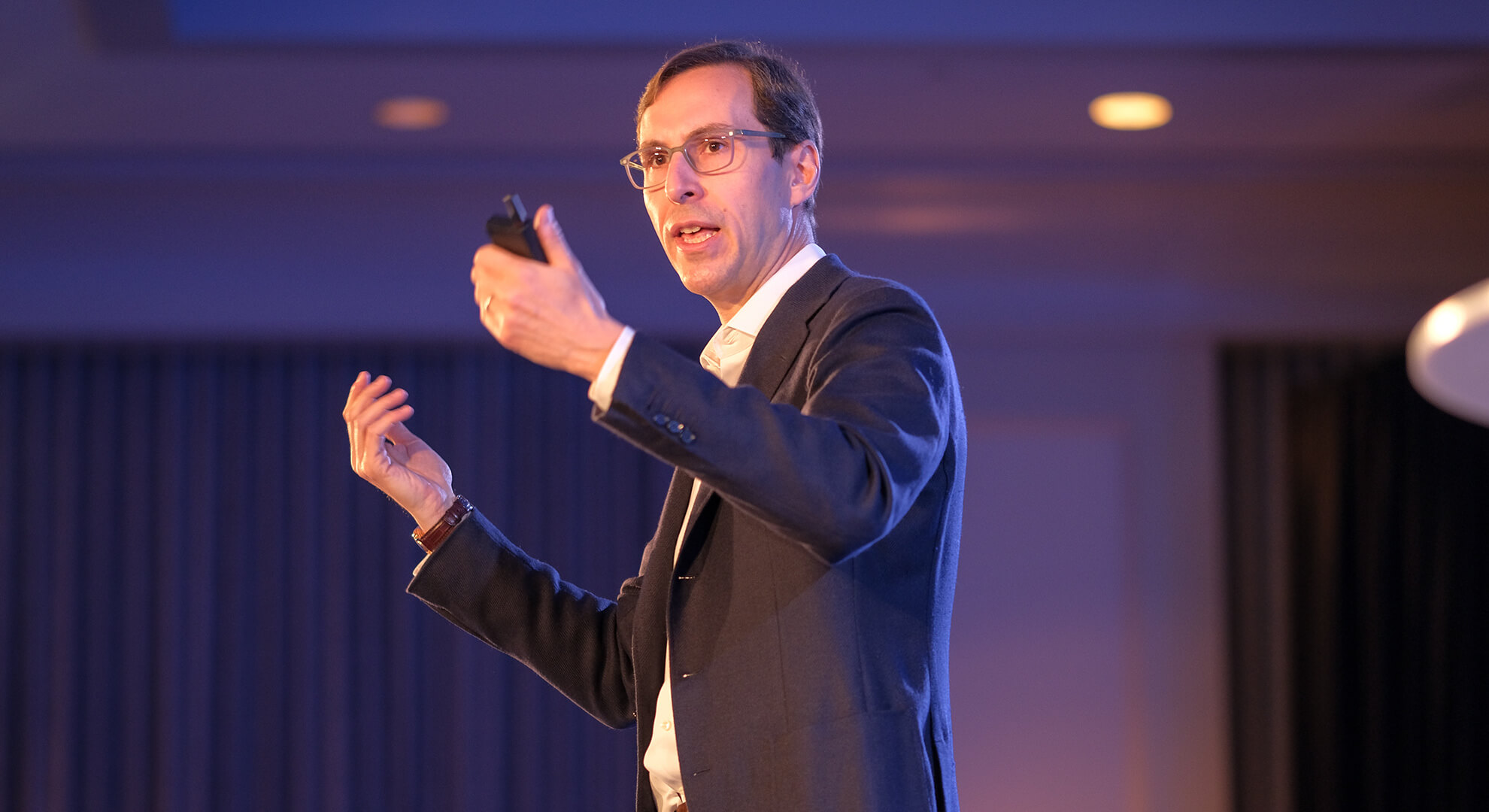his article presents key takeaways from a keynote by Rob Goldstein, Chief Operating Officer, BlackRock, and Global Head of BlackRock Solutions. In this session at the Bridge Forum 2019, Rob shared more about how BlackRock grew from a team of eight, to become the world’s largest asset manager. The Bridge Forum is a unique experience co-created by GIC and the Singapore Economic Development Board (EDB) to guide businesses through technology disruption.
Through internally driven innovation, leaders in the financial services have been able to drive industry-wide change. An example is BlackRock, whose Aladdin platform sets the standard in investment management technology by combining sophisticated risk analytics, exposure, and performance analyses with portfolio management functions.
A new playing field: today’s financial ecosystem
No matter where you are in the financial ecosystem, one thing is clear – a whole new playing field has emerged as clients expect significantly more transparency today. Regulators have changed the way they engage with companies, and political developments are fundamentally challenging the notion and perceived benefits of globalisation. More than ever, the concept of scale is taking on increased and outsized importance. The trailblazers in financial services today are the ones who are able to capitalise on these industry trends to drive their organizations forward.
The next frontier: open platforms, scale and competition
One pervasive and disruptive industry trend in the financial services sector has been the blurring of the understanding of wealth or asset managers and what a technology firm is. Driven by the need for integrated wealth management solutions, the leaders in asset management today are companies who have managed to evolve themselves with technology at their core, alongside investing in people, process, and infrastructure.
Even then, the future of technology hinges on open technology platforms as firms work together in a state of ‘coopetition’ to achieve success and scale. To enable and integrate such open technology platforms across the industry well, a common language is needed. While people have traditionally been the connective tissue reconciling distinct systems, a common technology infrastructure that serves as the lingua franca across the ecosystem is what is needed moving forward. For that to happen, technology needs to be even more broadly available than it is today.
Scaling innovation
As the biggest players in financial technology continue to grow, the ability to stay agile and innovative becomes increasingly crucial. However, innovating as a large, incumbent organization is easier said than done – the reality is that having a labour-intensive, massive operation can both enable and derail innovation. Indeed, leading management consultancy McKinsey acknowledged that innovation is a high order for well-established companies as they are “better executors than innovators, and most succeed less through game-changing creativity than by optimising their existing business.”
How does one innovate as a mature company?
The deciding factor is the company’s leadership team. Leaders should consider piecing together cross-functional and diverse ‘SWAT’ teams as this provides talent with the space to develop new ideas while maintaining clarity of objectives and goals, as well as accountability. It is also a deceptively simple idea that has more often than not proven difficult for companies to execute.
Leaders who want to successfully drive technology adoption and innovation in their organization and across the financial services industry should work together to invest in scale. There are big gains to be had too, as those who can tackle the industry’s future needs while capitalising on these trends will be the ones who will lead the industry going forward.







